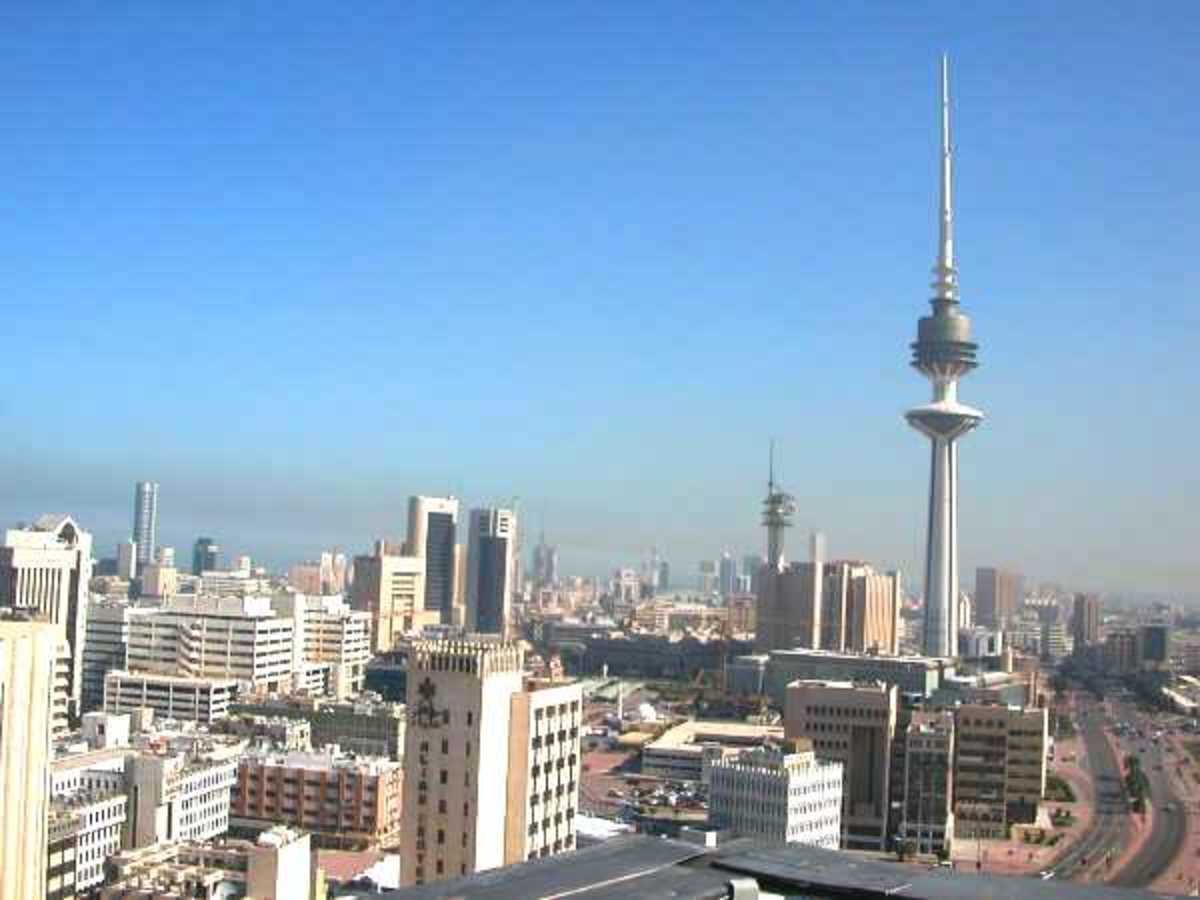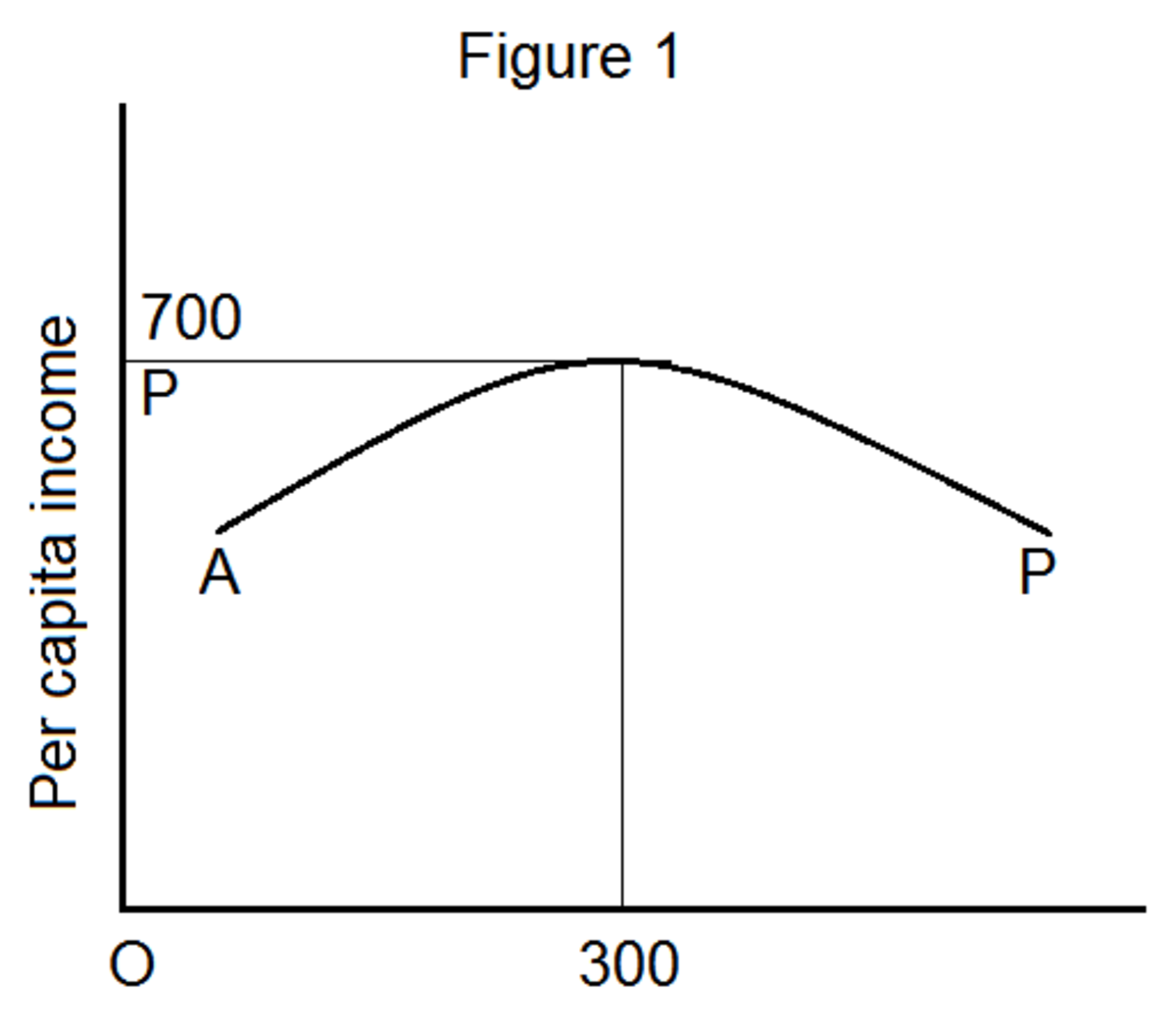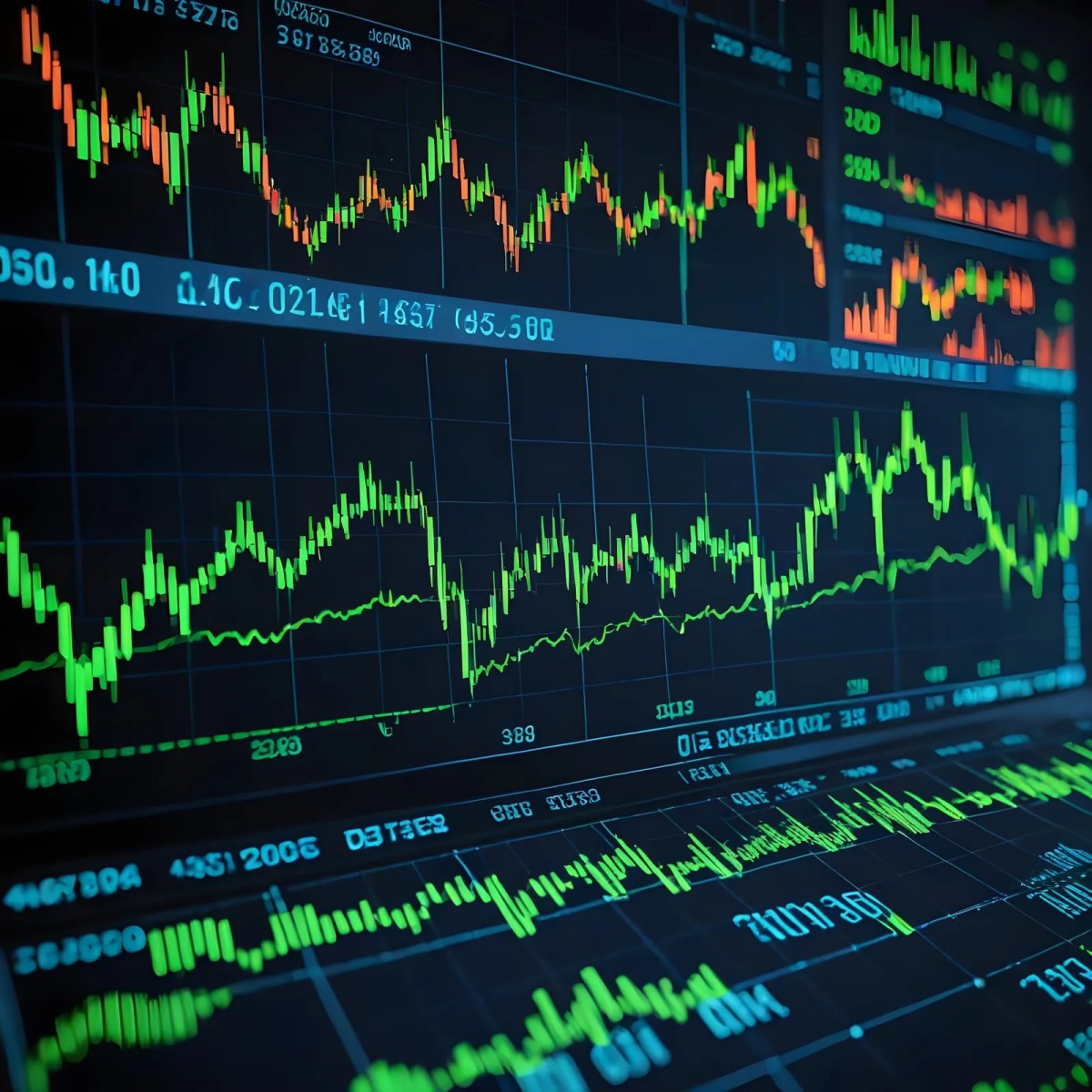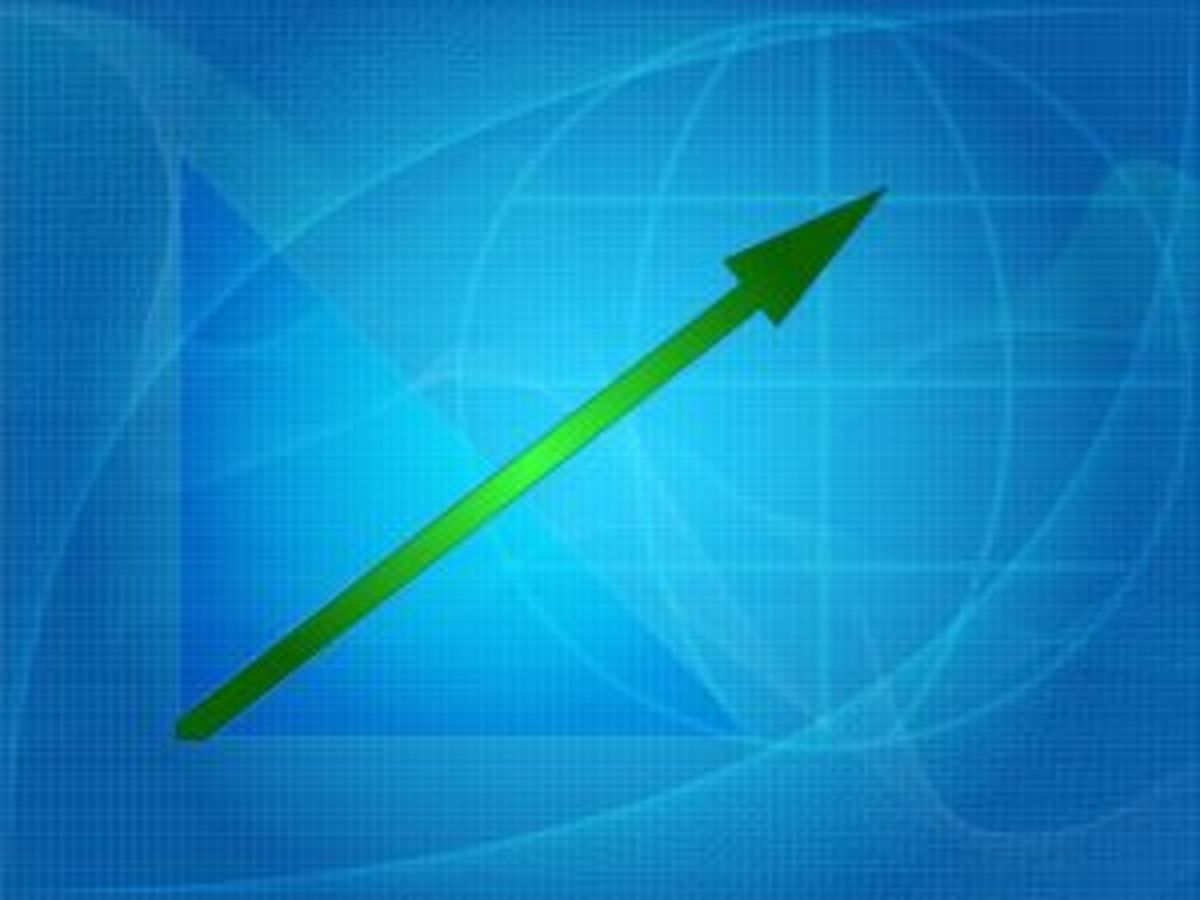Measurement of Economic Growth and Development?

Introduction
Today, the word ‘development’ has become one of the common words using by many people. When consider any country, economic development is the ultimate aim since it will bring more equality in the society. In the earlier time, economics of growth was the most discussed matter. Later the economists emphasized on the concept of economic development. Today, the economics of growth and development is attracting many think tankers particularly among politicians and welfare economists.
Development is the progress of a society or a country’s moving from the backwardness to betterment. Now, all the countries of the world can be categorized in to three based on their economic natures such as underdeveloped economies, developing countries and developed countries. There are different yardsticks suggested by different economists in different times to measure the progress of development. Anyway, here this hub is focusing on the various measures of economic growth and development of a country.

Measures of Economic Development
There are many measures, Some of them were developed by early economists and modified them.. Following are the major measures of economic development.
i) National Income/ GDP
Initially economists used national income or national output as the best measure to determine the development of a country. According to this method, higher national income producing countries regarded as developed and lower national income producing countries as under developed countries. Therefore, in fact there is a direct relationship between national income and development.
However, the criterion of national income as a development measure is not free form criticisms. Firstly, it ignores the qualitative aspects. In addition, it does not consider any natural depletion in the form of pollution, exploitation etc. Similarly, when the national income counts, it ignores the value of self-owned commodities. Sometimes, national income may increase due to the raise in price level or inflation. This may lead to give misconception in the measurement.
ii) Per Capita Income (PCI)
Later economists argued real per capita income as the best measure of development. Real per capita income refers to the average rate of income earned by each person in a country. Here also low real per capita income is belonged to underdeveloped economies and higher real per capita income is to developed economies. At the developed stage, the growth in real per capita income will greater than the growth rate of population.
Per Capita Income as a measure of development, challenges many criticisms. For instance, sometimes real per capita income may increase but there may be high-income inequality between rich and poor. Similarly high per capita income may not improve the standard of living of the people in an inclusive way. Another challenge is that, per capita income may rise due to inflation. Due to inflation, workers may earn more wage than they earned earlier. However, due to inflation, the increase in income may not increase in real terms (that is income in terms of goods and services). Therefore, in some cases per capita income cannot take as a good measure of development.
iii) Physical Quality Life Index (PQLI)
Physical Quality Life Index is another measurement of development introduced by Morris D Morris in the mid of 1970s. It aimed to measure the quality of life of the people in a country. This concept created a wide revolution in the measurement of development of different countries. This measure considers three basic indices as listed below.
a) Basic literacy rate
b) Infant Mortality Rate
c) Life expectancy
Here the aggregate of three above indices are weighted values in between 0-100. Lower value represents underdevelopment and higher value reflects development.
Even though PQLI is regarded as a good measure of development, it challenges some questions. In the physical quality life index analysis, it omitted economic factor. Further Infant Mortality Rate (IMR) and life expectancy are almost the same, which connected to health condition. Therefore, later it leads to the birth of another most revolutionary index called Human Development Index (HDI).
iv) Human Development Index (HDI)
A Pakistani economist, Professor Mehbub-ul-Haq in associated with an Indian Nobel Prizw winning economist Professor Amartya Kumar Sen in 1990, together developed human Development Index. In every year United Nations Development Program (UNDP) publishes the status of development of each country based on HDI. Human Development Index is measuring at a value between 0 – 1. Compared to PQLI, here the Human Development Index added Per Capita Income as an important economic factor. Lower value in HDI indicates underdevelopment and higher value indicates development. Human Development Index considers the following three values.
a) Per Capita Income
b) Adult literacy and
c) Life expectancy.
v) Human Poverty Index (HPI)
Human Poverty Index is an advanced index used in addition to Human Development Index. United Nations developed it. Human Poverty Index is also known as Multidimensional Poverty Index. The core factors of HPI are a long life expectancy, knowledge exclusion and a decent standard of living. This means that every people in the country must be able to acquire basic needs.
vi) Inequality adjusted Human Development Index (IHDI)
Inequality adjusted Human Development Index (IHDI) is also associated with Human Development Index (HDI). Here the difference is that IHDI focuses on the distribution factor or inequality in the country. It considers more indices along with the three dimensions of HDI.
vii) Gender related Development Index (GDI)
Gender related Development Index (GDI) was introduced in 1995 by United Nations Development Program. It is also connected to HDI. It emphasis on inequality based on gender. That is it analysis the distribution gap between men and women.
viii) Gender Empowerment Measure (GEM)
Gender Empowerment Measure specially focuses on the public participation of men and women in economical, political and social fields. So, it shows the status of the country's development along with the status of men and women.
ix) Gender Inequality Index (GII)
Gender Inequality Index (GII) is another measure of development, which considers various factors based on gender such as productive health, empowerment and labor participation. In underdeveloped countries. This index is characterized with the analysis of wider gap between men and women.
x) Social Progress Indicator (SPI)
Social Progress Indicator is another measure of development, which considers factors like long and healthy life of people, consumption of private goods, access to public goods like water, transportation, safety etc.
xi) Green Index (GI)
It was developed by IBRD. It analyzes the sustainability of development. It considers the value of produced assets, national resources and human resources etc. It argues that a portion of national output must left for the depletion of natural resources to protect the environment and its sustainability.
xii) Genuine Progress Indicator (GPI)
Genuine Progress Indicator is another measure of development. This considers more factors that are ignored in Gross Domestic Product (GDP). It includes factors like crime, defense expenditure, degradation, depletion of natural resources etc.








